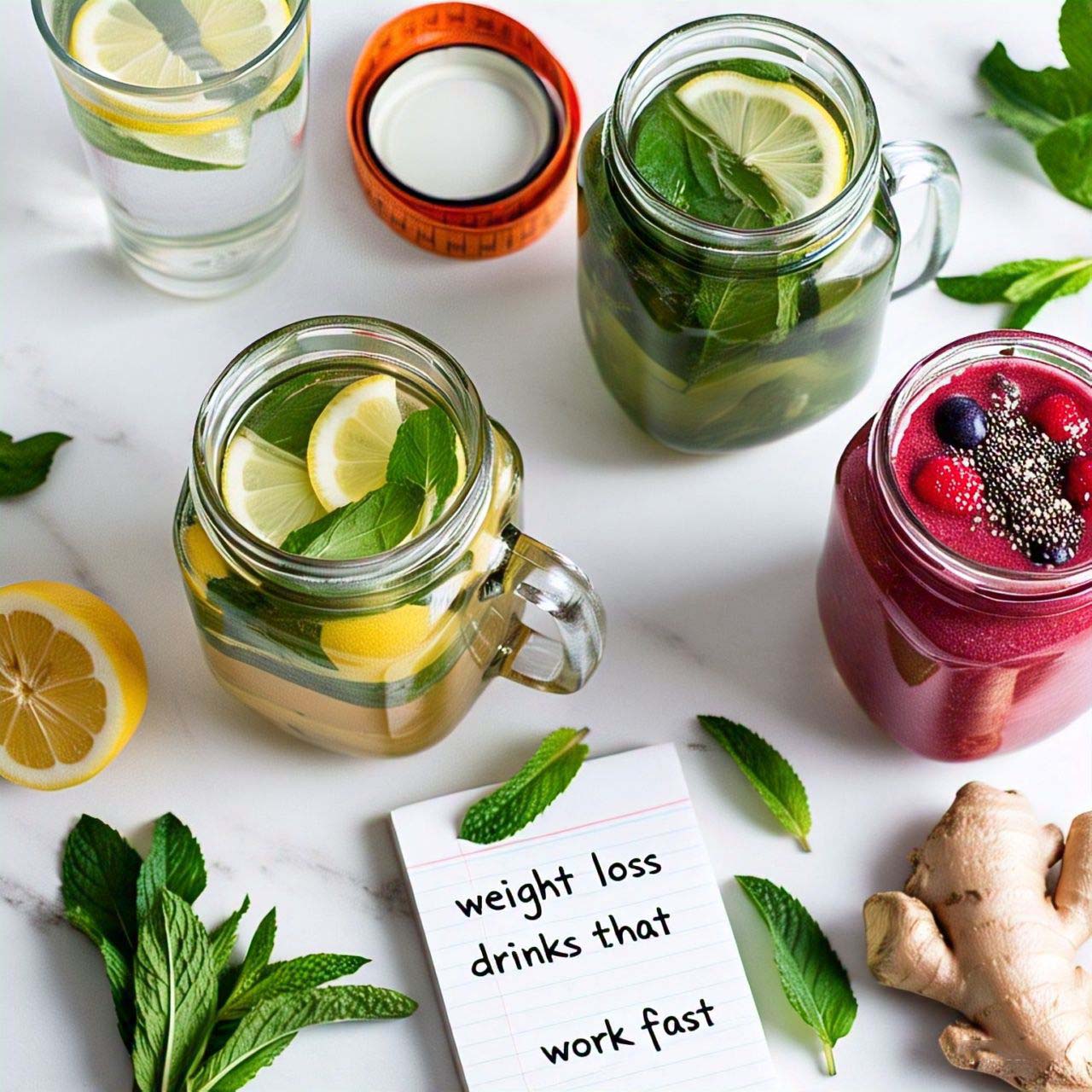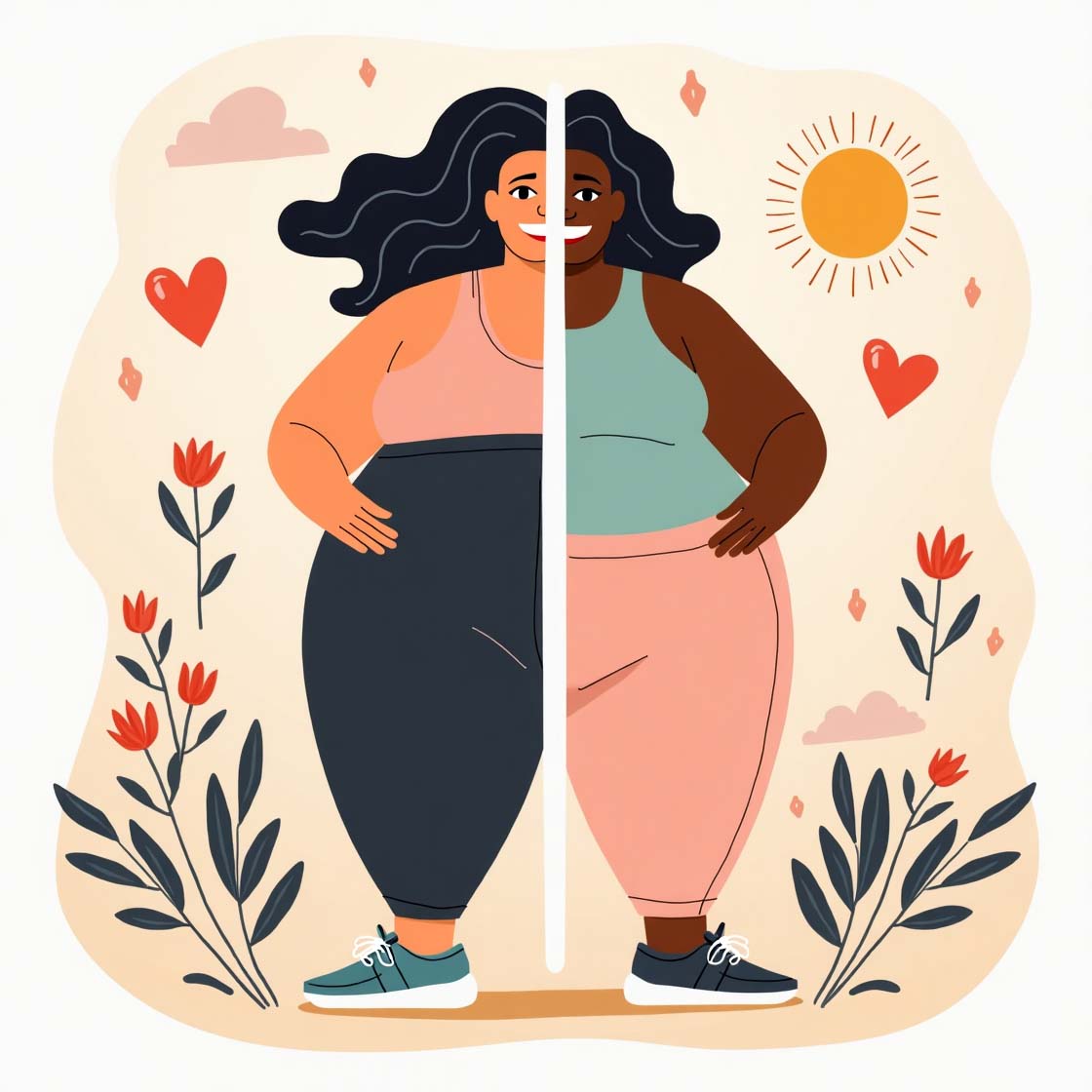Losing weight after 30 can be a challenging yet rewarding journey. As metabolism slows and hormonal changes take place, women often find it harder to shed unwanted pounds. However, with the right strategies, it’s entirely possible to achieve and maintain a healthy weight. In this comprehensive guide, we’ll explore the best weight loss tips tailored specifically for women over 30.
1. Understand Your Metabolism
As you age, your metabolism naturally slows down. This means your body burns fewer calories at rest than it did in your 20s. To counteract this, focus on:
- Eating nutrient-dense foods that fuel your body without excessive calories.
- Strength training to build muscle, which boosts metabolism.
- Staying active throughout the day to keep your metabolism engaged.
How Metabolism Changes with Age
Your metabolism is influenced by various factors, including age, muscle mass, activity levels, and genetics. After 30, muscle mass naturally decreases if not maintained through exercise. This means fewer calories are burned at rest, making weight gain more likely if dietary habits remain unchanged.
To keep your metabolism in check:
- Avoid long periods of inactivity.
- Incorporate activities that challenge your muscles.
- Increase protein intake to support muscle growth.
- Stay hydrated to aid digestion and energy levels.
2. Prioritize Protein Intake
Protein is essential for muscle maintenance and helps keep you full longer. Women over 30 should aim to include high-quality protein sources in every meal, such as:
- Lean meats (chicken, turkey, fish)
- Eggs
- Greek yogurt
- Legumes and beans
- Nuts and seeds
Benefits of Protein for Weight Loss
Protein plays a crucial role in weight management because it helps:
- Increase satiety and reduce hunger cravings.
- Preserve lean muscle mass, which burns more calories than fat.
- Enhance fat loss by maintaining a high thermic effect of food (TEF).
How to Incorporate More Protein
- Add eggs or Greek yogurt to your breakfast.
- Snack on almonds, cottage cheese, or protein smoothies.
- Include a protein source in every meal, such as fish or tofu.
3. Balance Your Macronutrients
A well-balanced diet should include the right proportions of protein, healthy fats, and complex carbohydrates. Consider the following:
- Healthy fats: Avocados, olive oil, nuts, and seeds help with satiety.
- Complex carbs: Whole grains, quinoa, and sweet potatoes provide sustained energy.
- Fiber-rich foods: Vegetables, fruits, and legumes help digestion and prevent overeating.
Why Carbs and Fats Are Important
While some diets promote cutting carbs or fats, balance is key. Carbohydrates provide energy, while healthy fats support hormone production and brain function. Eliminating either can lead to deficiencies and increased cravings.

4. Practice Portion Control
Overeating, even healthy foods, can lead to weight gain. Use portion control strategies such as:
- Eating on smaller plates to trick your brain into feeling full.
- Measuring serving sizes to avoid excess calories.
- Listening to hunger cues and stopping when satisfied rather than stuffed.
Mindful Eating Techniques
Mindful eating helps you enjoy meals while consuming appropriate portions. Some tips include:
- Eating slowly and savoring each bite.
- Avoiding distractions like TV or scrolling on your phone.
- Recognizing real hunger versus emotional cravings.
5. Stay Hydrated
Dehydration can sometimes be mistaken for hunger, leading to unnecessary snacking. Drinking enough water can:
- Improve metabolism and digestion.
- Reduce cravings and hunger pangs.
- Support overall energy levels.
How Much Water Should You Drink?
Aim for at least 8-10 glasses of water per day, or more if you’re active. Some signs of dehydration include fatigue, headaches, and sugar cravings.
6. Incorporate Strength Training
Many women focus only on cardio for weight loss, but strength training is equally important. Lifting weights or doing bodyweight exercises helps:
- Preserve lean muscle mass.
- Increase resting metabolic rate (burn more calories at rest).
- Improve bone density and prevent osteoporosis.
Strength Training for Beginners
If you’re new to strength training, start with bodyweight exercises like squats, lunges, and push-ups. Gradually incorporate weights and resistance bands. Aim for 3-4 sessions per week.
7. Focus on High-Intensity Interval Training (HIIT)
HIIT workouts are great for burning fat in a shorter time. They involve short bursts of intense activity followed by rest periods. Benefits include:
- Increased calorie burn post-workout (afterburn effect).
- Improved cardiovascular health.
- Time-efficient workouts suitable for busy schedules.
HIIT Workout Example
- 30 seconds sprint, 30 seconds rest (repeat for 10-15 minutes)
- Jump squats, push-ups, and mountain climbers in circuits
8. Manage Stress Levels
Chronic stress triggers the release of cortisol, a hormone that promotes fat storage, especially in the abdominal area. To manage stress:
- Practice mindfulness and meditation.
- Engage in relaxing activities like yoga, deep breathing, or hobbies.
- Ensure adequate sleep, as lack of rest can increase stress hormones.
Stress and Emotional Eating
Stress often leads to emotional eating, where food becomes a coping mechanism. To combat this:
- Identify triggers and find alternative stress relief methods.
- Plan healthy snacks to avoid impulsive eating.
- Keep a journal to track emotions and food intake.

9. Get Quality Sleep
Poor sleep affects hunger hormones and metabolism, making weight loss harder. Aim for 7-9 hours of quality sleep by:
- Creating a relaxing bedtime routine.
- Reducing screen time before bed.
- Keeping a consistent sleep schedule.
How Sleep Affects Weight Loss
Lack of sleep increases ghrelin (hunger hormone) and decreases leptin (fullness hormone), leading to overeating. It also reduces energy levels, making workouts less effective.
10. Avoid Processed Foods and Sugar
Highly processed foods and excessive sugar intake contribute to weight gain. Instead, opt for:
- Whole, unprocessed foods.
- Natural sweeteners like honey or dates in moderation.
- Cooking at home to control ingredients.
Identifying Hidden Sugars
Sugar is hidden in many processed foods under names like high fructose corn syrup, dextrose, and sucrose. Always check labels and opt for natural alternatives.
11. Track Your Progress
Keeping a food journal or using a fitness app can help track calories, macros, and progress. It provides accountability and helps identify areas for improvement.
12. Build a Sustainable Routine
Extreme diets often lead to temporary weight loss followed by regain. Instead, focus on sustainable habits such as:
- Enjoying a balanced diet without strict restrictions.
- Finding exercises you genuinely enjoy.
- Setting realistic, long-term goals.
Small Changes for Big Results
- Swap soda for water.
- Add an extra 10 minutes to your workouts.
- Plan meals in advance to avoid unhealthy choices.
Conclusion
Weight loss after 30 requires a combination of smart nutrition, strength training, and a healthy lifestyle. By implementing these science-backed tips, women can achieve lasting results and improve overall well-being. Remember, consistency is key, and small changes add up to significant results over time.






I’m not that much of a online reader to be honest but your sites really nice, keep it up! I’ll go ahead and bookmark your website to come back in the future. Cheers